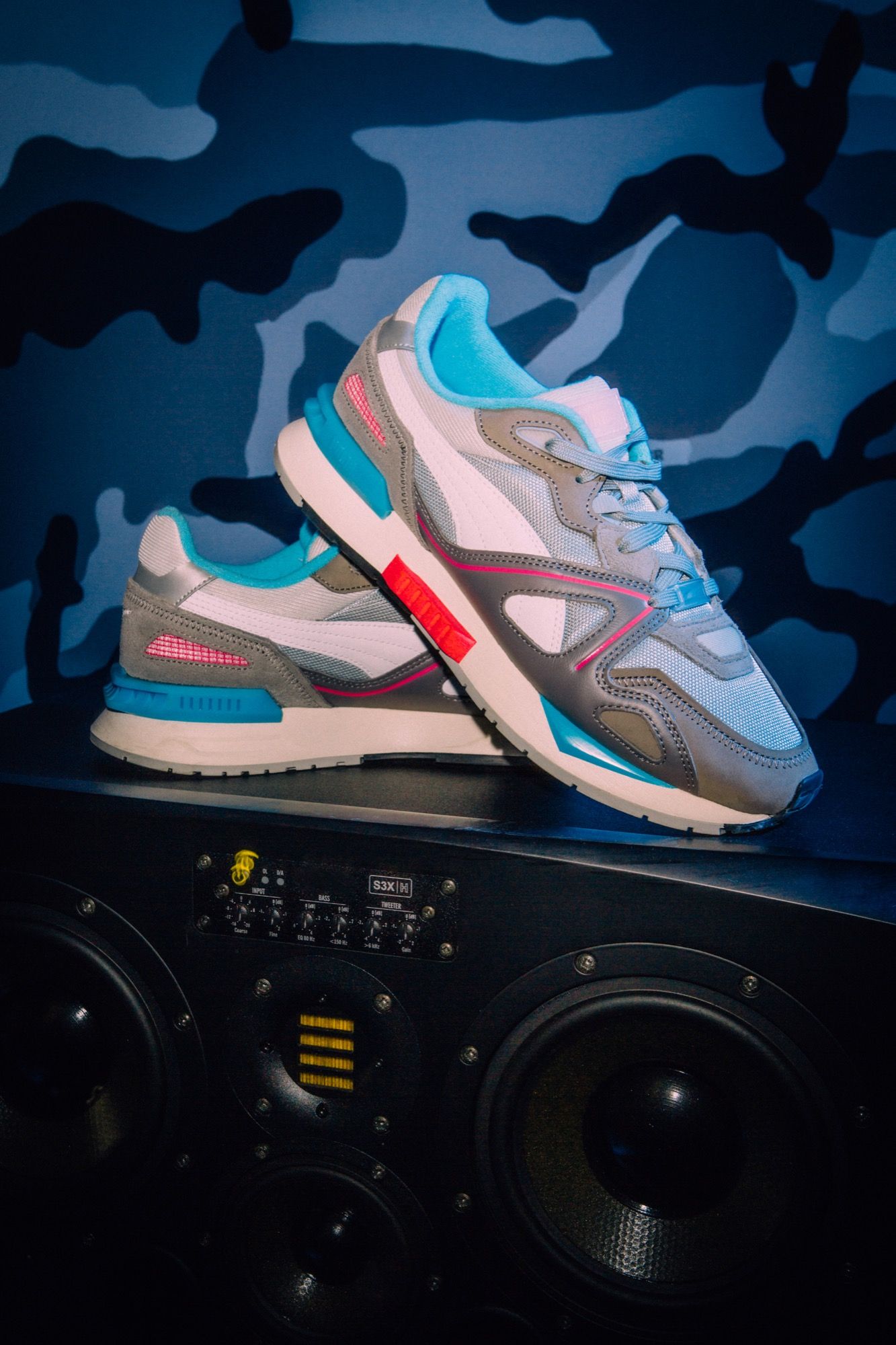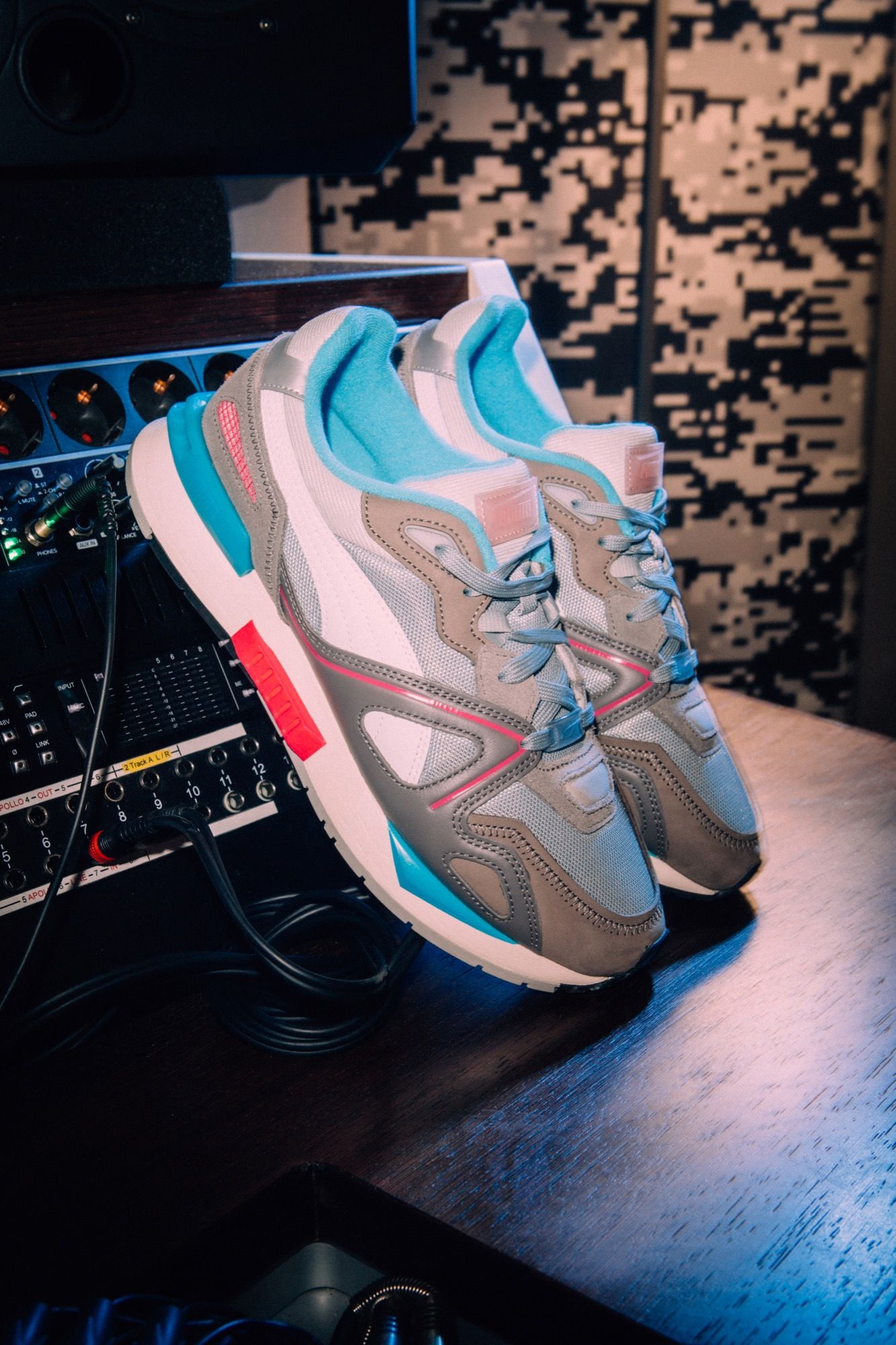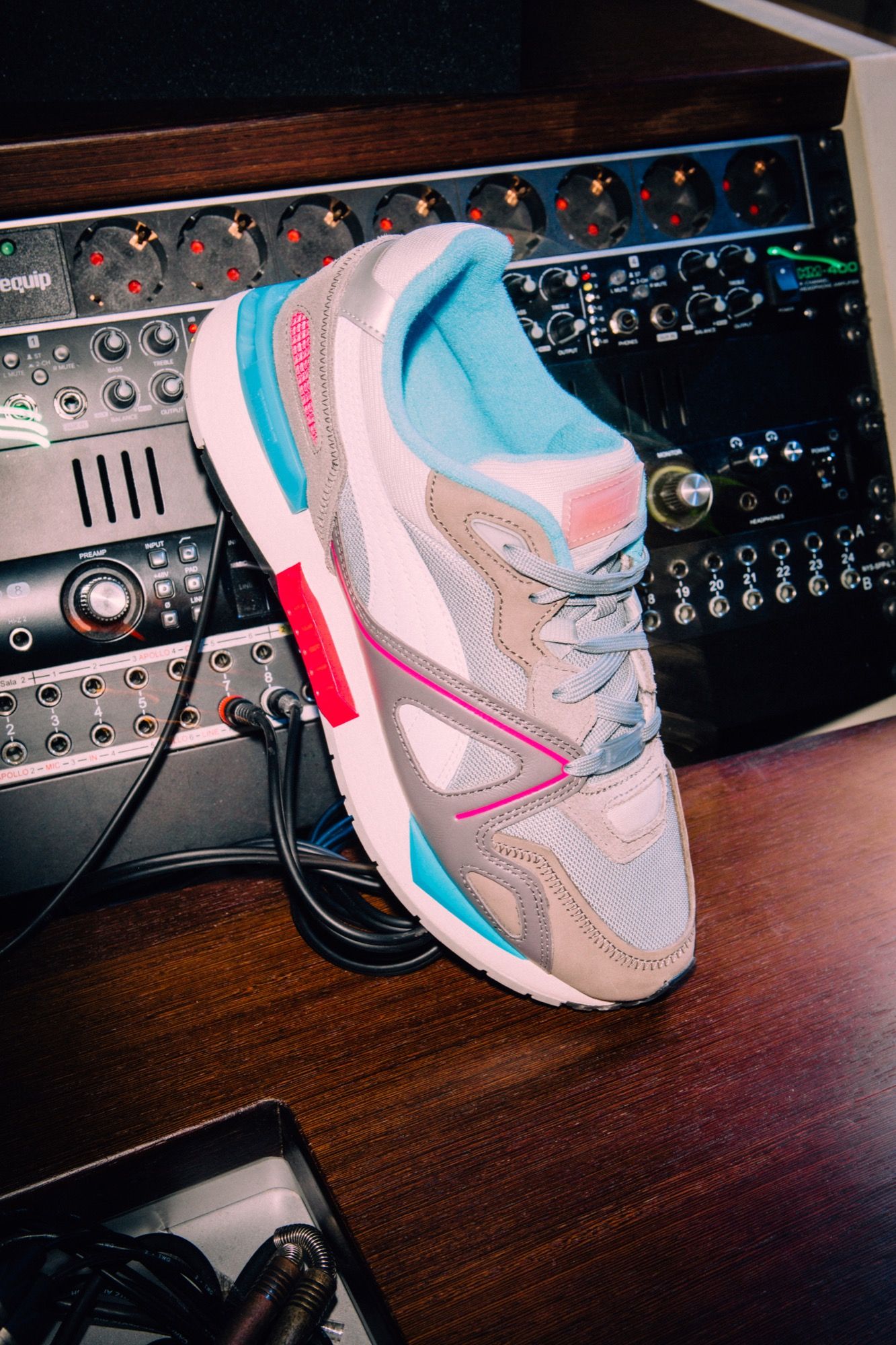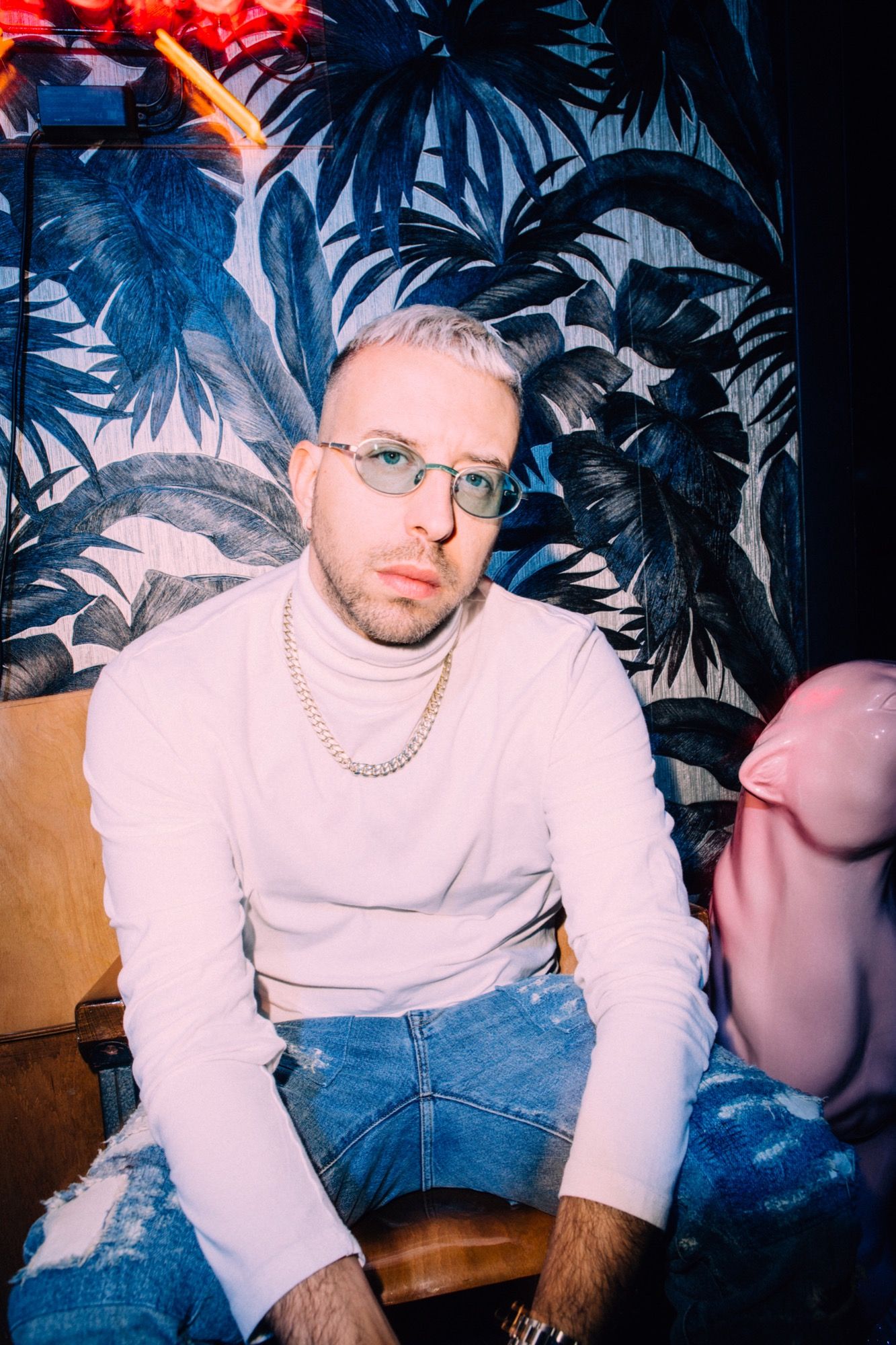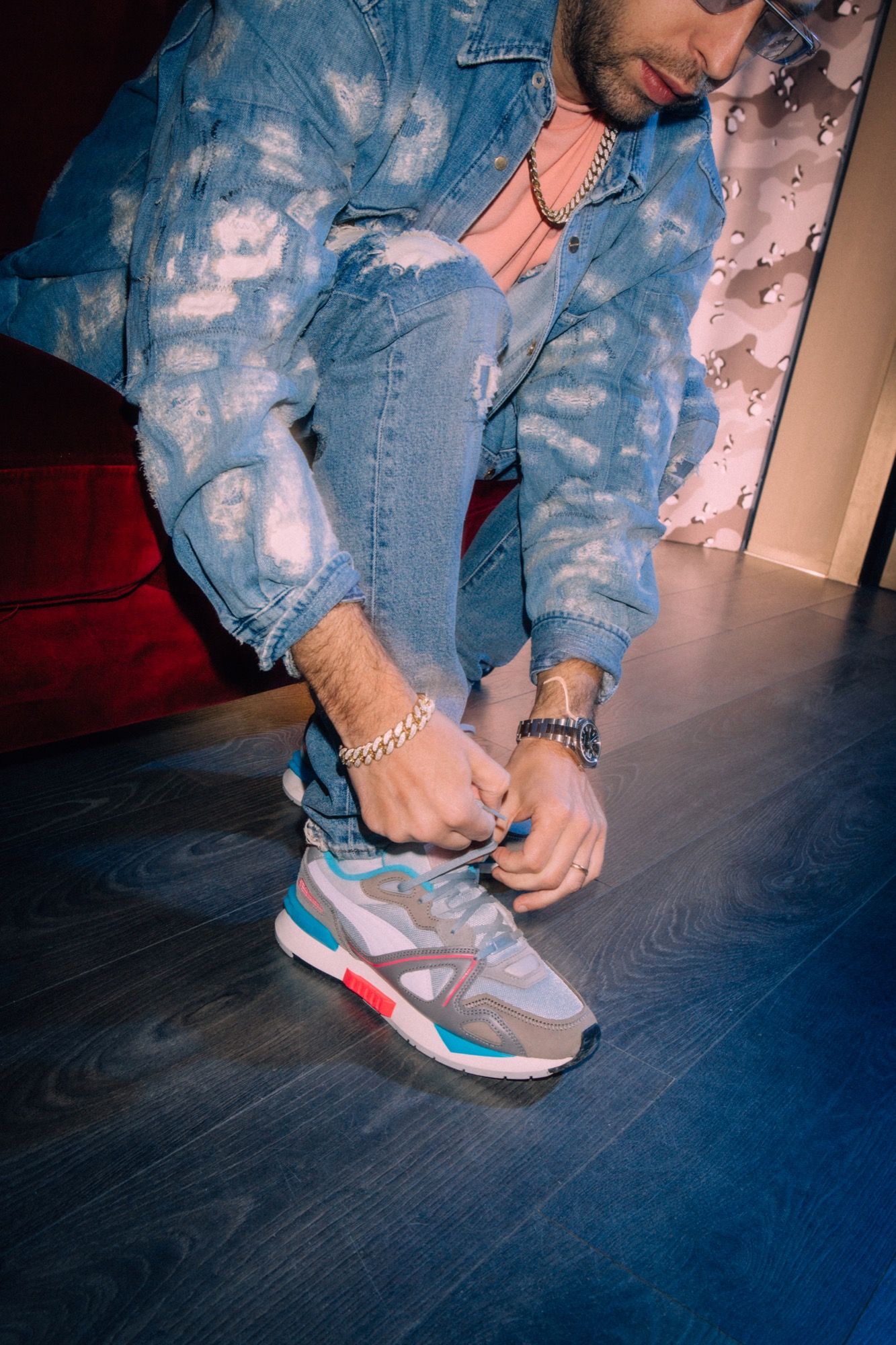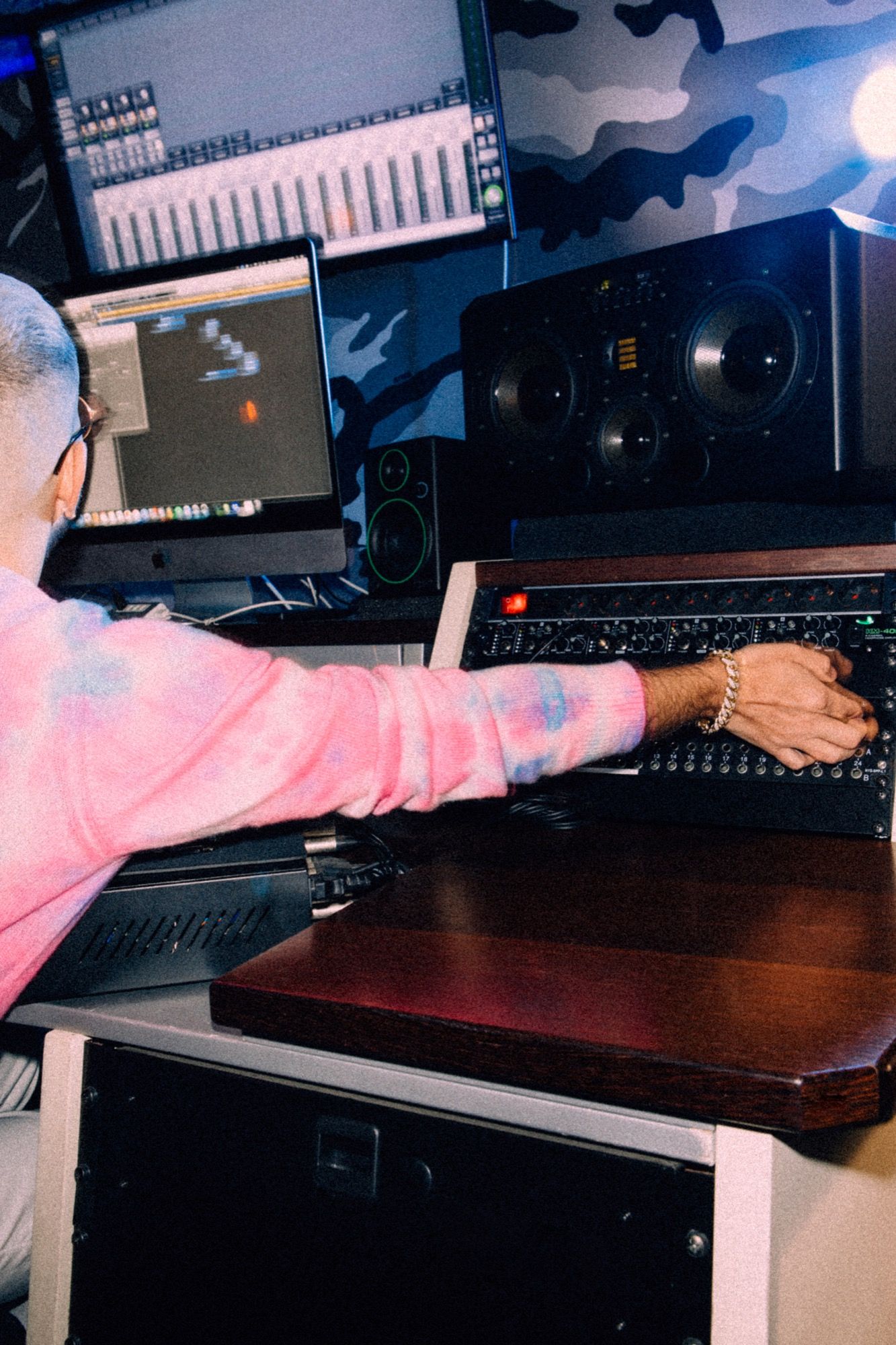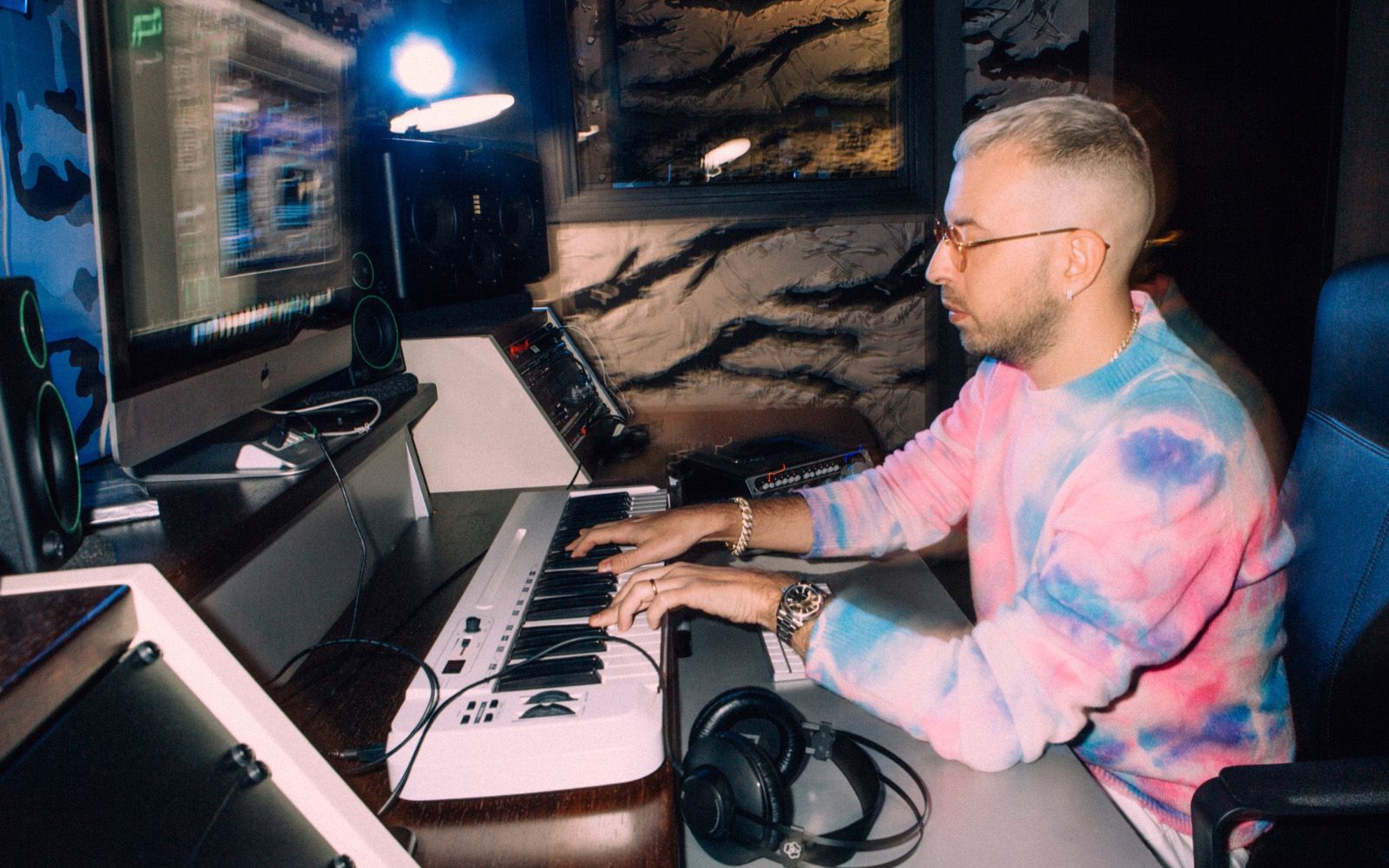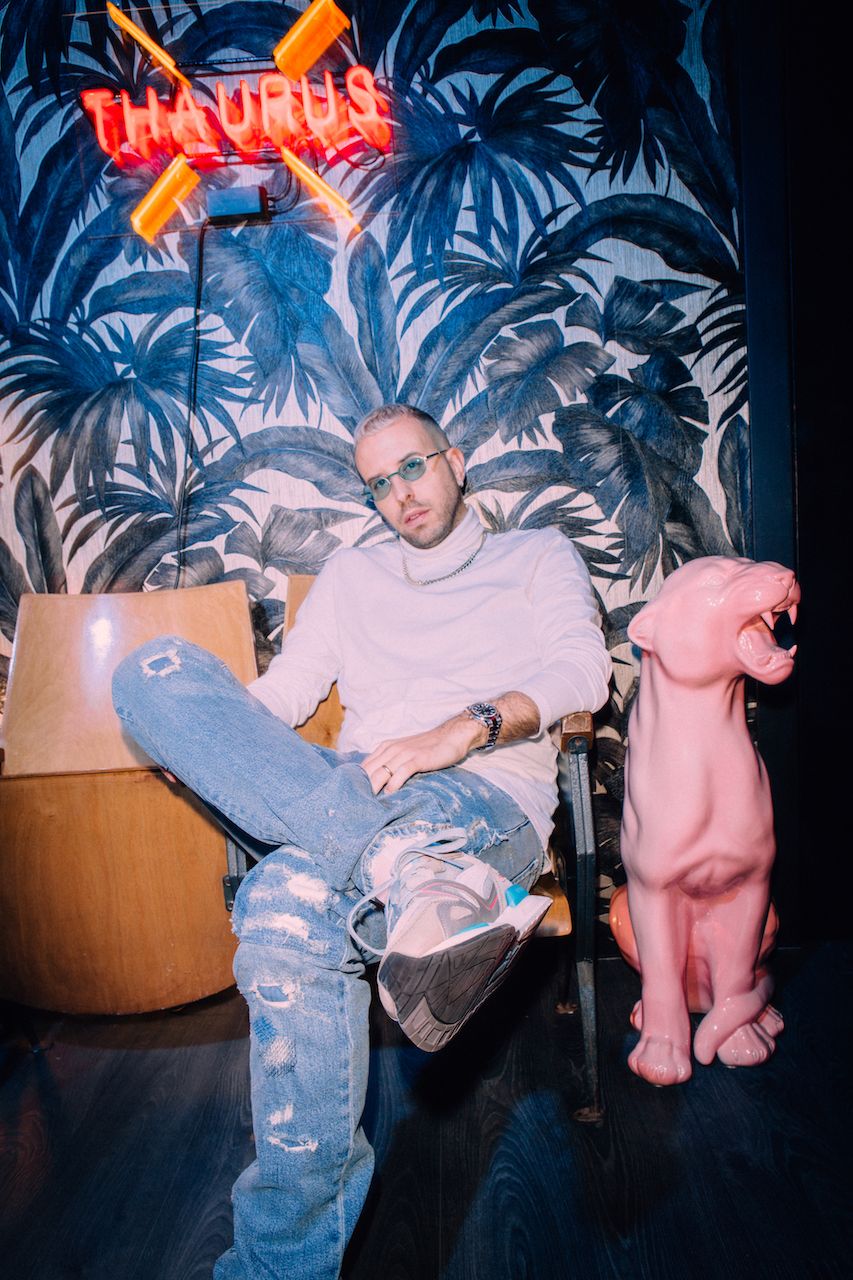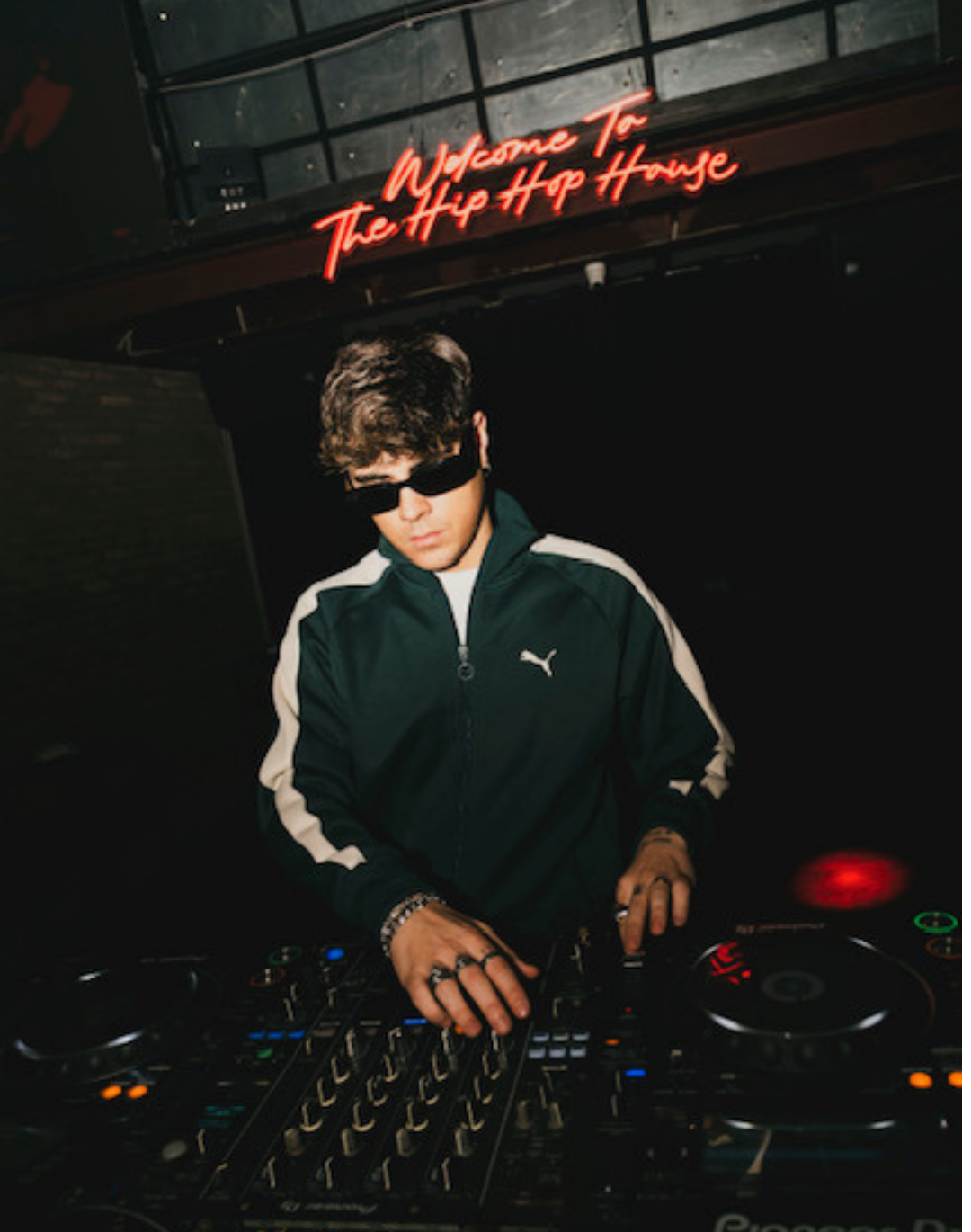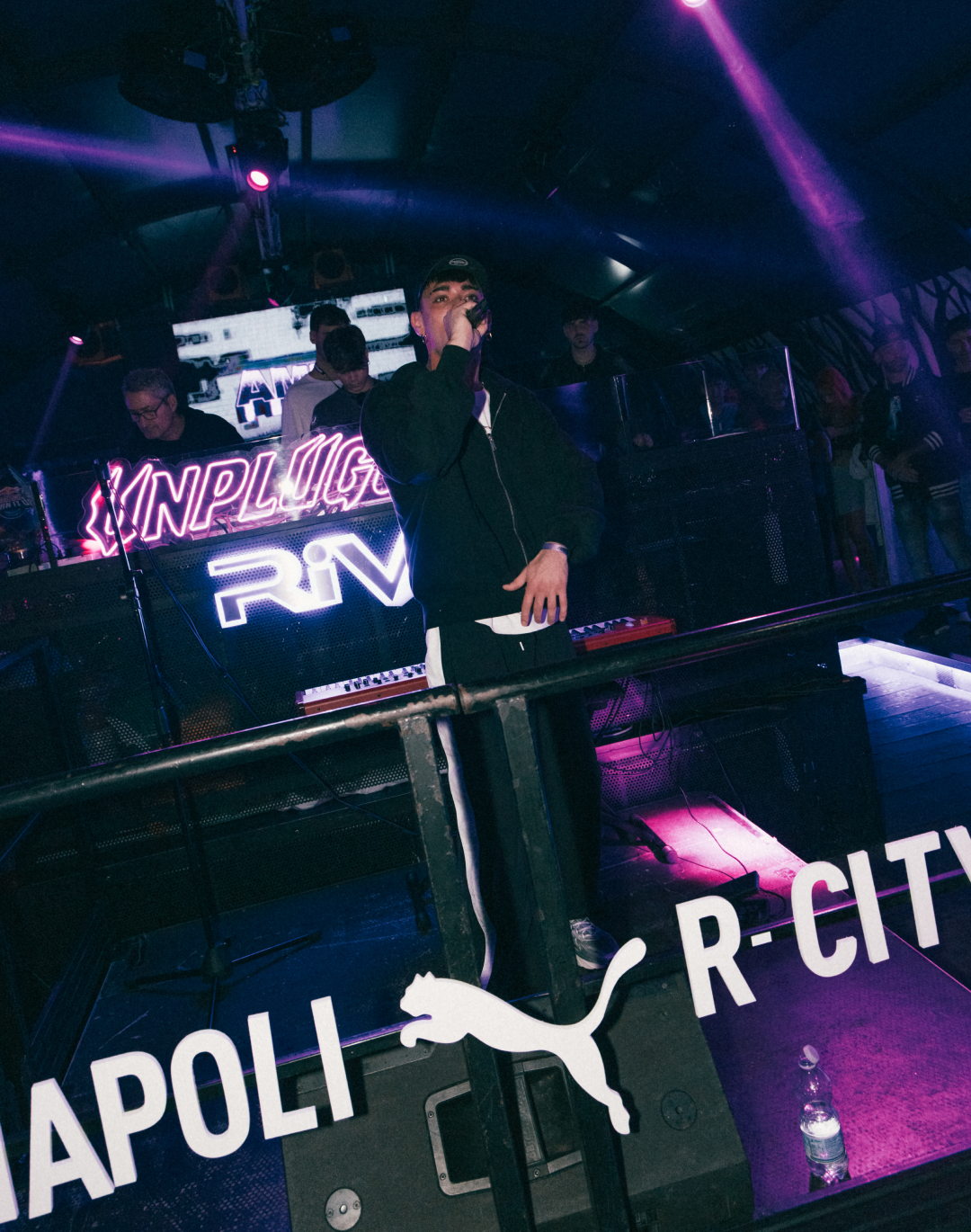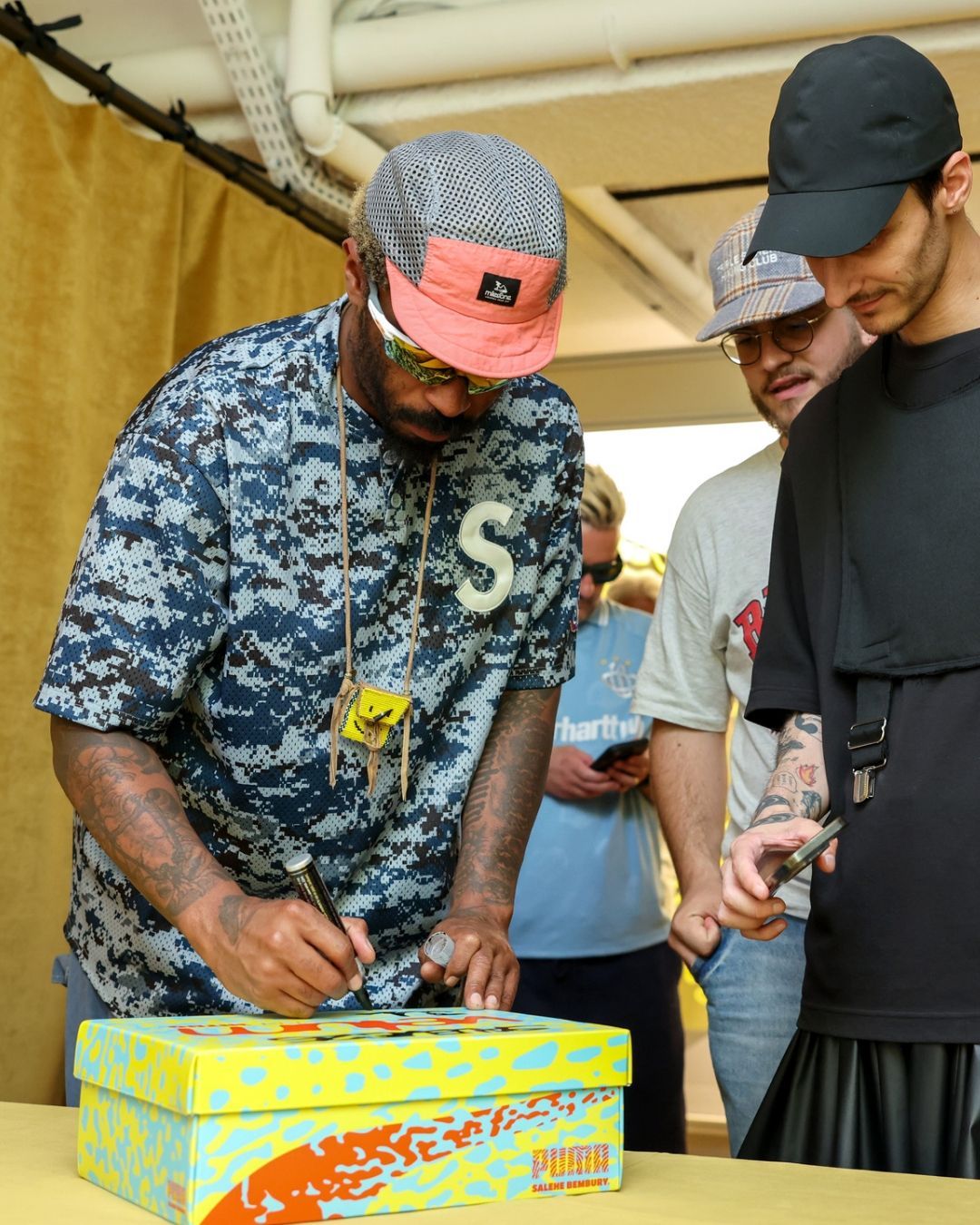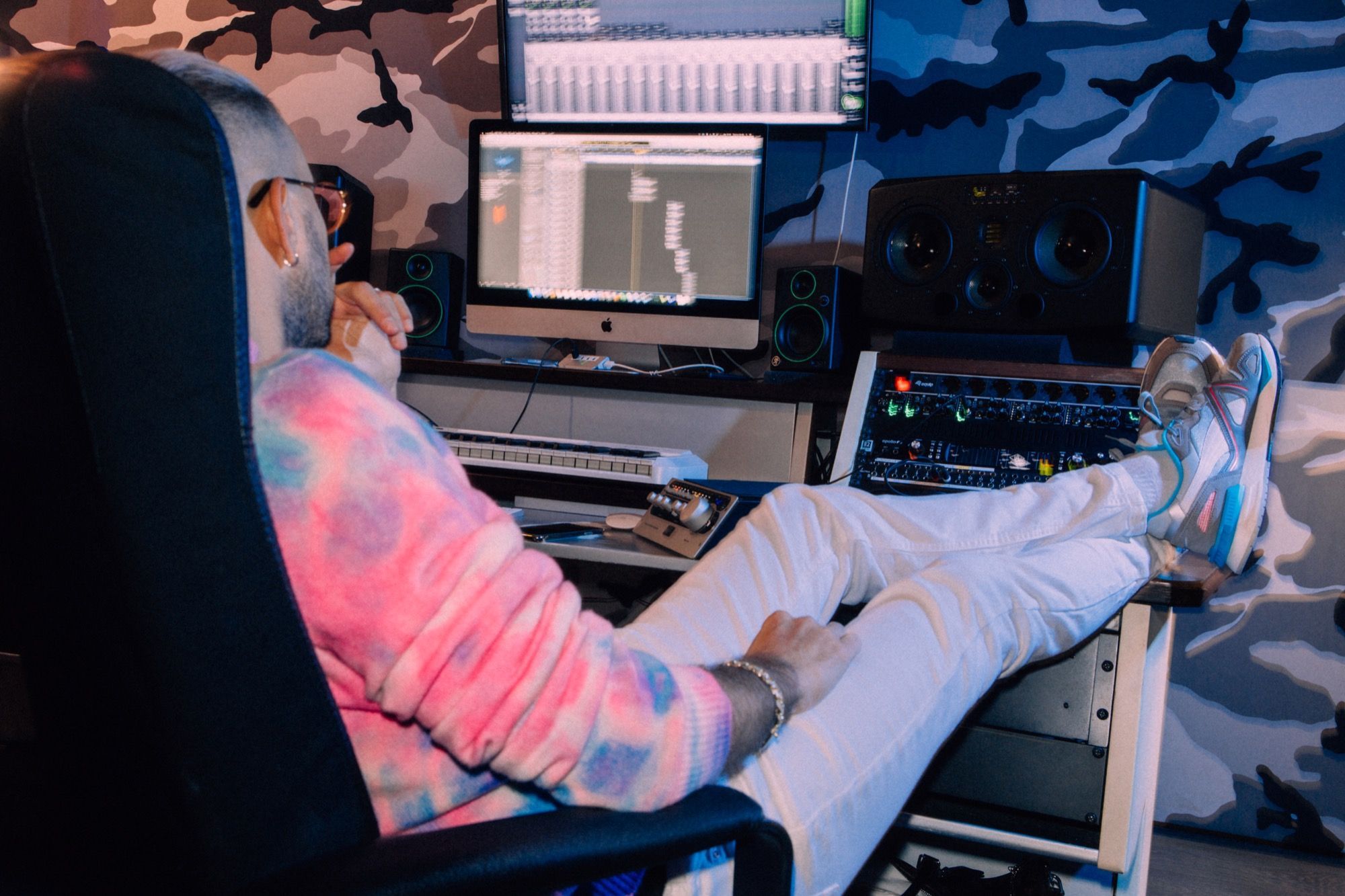
How to become an icon We asked Shablo, producer and face of the new PUMA Mirage Mox
With twenty years of career behind him it can be said that Shablo, born Pablo Miguel Lombroni Capalbo, has experienced first hand the birth and transformation of the Italian rap scene. From PMC to the birth of Roccia Music, everyone has passed under his hands, from Marracash and Guè Pequeno to the partnership with Sfera Ebbasta. A path that made it unique, a milestone that transcends music, reaching the streetwear world and sneaker culture, as evidenced by the recent collaboration with PUMA. Shablo is in fact among the names chosen for the launch of the PUMA Mirage Mox, the new sneaker of the German brand available on Sneakers76. Perfect fusion between the 80s look and modern elements, the Mirage Mox stand out for bright colors that enrich the different layers, making the sneaker unique thanks to a renewed silhouette. The sneaker is inspired by the unreal, the space between what is real and what our senses imagine to transport us into a new reality. A silhouette that promises to be iconic, just as Shablo has become iconic for Italian music. nss magazine spent a day with him in his studio, to talk about the Italian scene, fashion and rappers as modern influencers in a project created in collaboration with Sneakers76.
You were born in Argentina to move to Italy after a few years then to go to work in Amsterdam. How much of all this is in your music and in your way of working?
Surely a lot, I have this migrant soul inherited from my family. Consider that they have been touring the world since 1800, they left Italy and then went to Brazil and Argentina, then to Switzerland and the United States. It is part of family karma, but it is also up to date with the spirit of the times. Music in this historical period is becoming more and more global, now you can no longer see the market as something limited to your territory. Trying to go outside is no longer a dream, "Famous" is the proof and for this reason the present of music is already more global.
Starting right from Sfera. How long is Italy missing to be able to establish its artists on an international level without having to resort to featuring or pushes by other artists?
There are many factors, but it is above all a matter of priorities. With Sfera we started from Milan, then they met him in Italy and in Europe, starting to go beyond the European borders. Now we are starting in the United States, but there it is as if it were an emerging one. This is why it is still a path to follow, we are starting it today and I don't know how long it will take. Of course the features help, but that's not the point. The featuring is just one of the pieces that one must go to cover within a strategy. Obviously the American market is the most difficult in the world, it will take time and a lot of patience, but it is important to have paved the way. Already now knowing that "Famoso" is the fourth most listened to the world on Spotify is not a detail. It's not entering the Top Global in 160th place, it's something different, new.
In your opinion, what kind of support from his territory needs an artist who wants to try to destroy national borders? From institutions to the music industry, how could they help an artist to break out of boundaries?
The support of all the structures that work in the discography, from the artist's team to the record company and the publisher, is essential in the success of a project. There is a question of investments that can be made by record companies or partners around the world, which certainly help build something more solid. But all this comes at a later time, first of all there must be a natural predisposition of the artist capable of going beyond an investment. At some point you take a leap into the void and you are in the hands of God, you don't know if it works or it doesn't work.
You mentioned Famoso, both the disco record and the docufilm. The docufilm recounts Sfera's journey and his life very well, but there is also another very interesting aspect that perhaps comes out a little less: your dual role as producer and manager. How do you keep both things in balance?
Let's say that it took me a few years of experience to achieve the right balance. It's a bit my secret, I found a balance. With Sfera I do a more managerial and strategic job. Of course we also do some sessions in the studio, but basically I do a different job with him than I do with other artists. It is a stimulating process that gives you the opportunity to experience things that would otherwise be very difficult.
Do you have a model for this type of role? Someone in the United States that you have observed
Actually no. I have always admired the way Americans do, their market is where entertainment and hip-hop were born, they are the founding fathers of this music business in which the big challenge is to make music while also managing to get something out of it. It is a mentality that has not existed in Italy for years. A little bit because of how the history of rap has evolved, which, originating from social centers, did not look kindly on approaching commercials and money. It was seen as selling out. In reality, the realization also passes through these things here. The more the genre grows, the more everything around it grows.
Speaking of behind-the-scenes work, one of the most important things in our era is also being able to build an adequate image of an artist. Something that is often seen only as a way to sell oneself, when instead there is often a strategy studied behind it. In your opinion, how difficult is it to relate to an industry such as fashion or even the world of sneakers?
Today the musical part is closely linked with the fashion one and the artists who have been able to understand this connection knowing how to manage it better are those who know the rules of the game and have brought home results. The image is part of an artist's personality and an artist without personality will never be successful. Today this genre has certainly become mainstream, it attracts many brands and companies that want to invest. A process that has led rappers to be all effects of influencers, they influence sales and for this we constantly work with different brands that pay us to promote products. In addition, what matters is that today fashion is heavily inspired by the street, where that type of music comes from, while before it was the opposite and rap was fascinated by mega brands that ignored those who came from rap. The same brands now choose many artists as testimonials. It is a rematch.
Where does your attention to the Neapolitan rap scene come from? I think about Geolier and the rest of the scene
In Naples they managed to create a universal and unique language well before rap, very tied to the territory with great names that have built a legacy. If I think of Italian music in the world, in the 50s and 60s it was Neapolitan music. In the past I had produced all the Clementino records when 2 The Beat came out, then I worked with Luchè and many other things. Now we have recently signed with Samurai Jay, another guy from the same area as Geolier. I really like that way of doing things, I think that the idea of creating oneself is very close to the world of hip-hop.
Last question, dry answer. How do you become a Shablo?
Living. Living twenty years, having patience, making mistakes and getting up again. It's a long way. My advice is to do things for passion, not to be attracted only by the business side, that is only a consequence. But the most important thing is to love what you do, have a passion for what you do and everything else will come.
The PUMA Mirage Mox are available online in the Steel Gray-Eggnog colourway on Sneakers76.










































